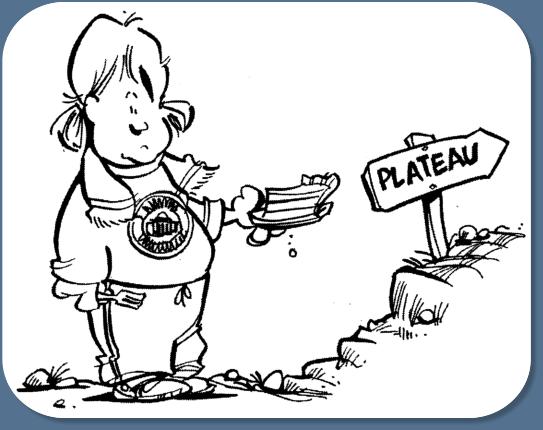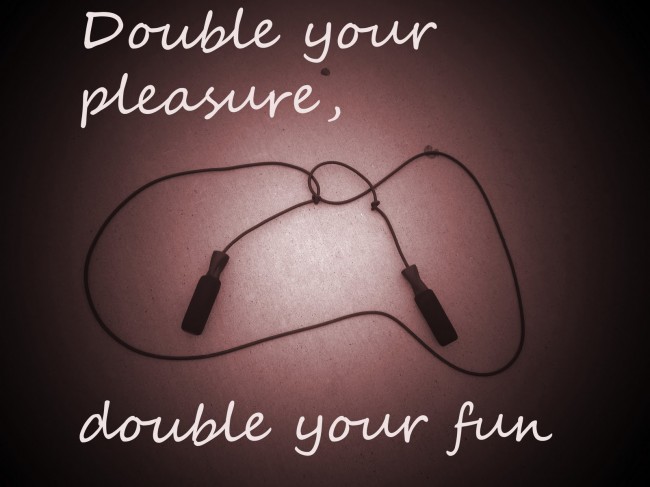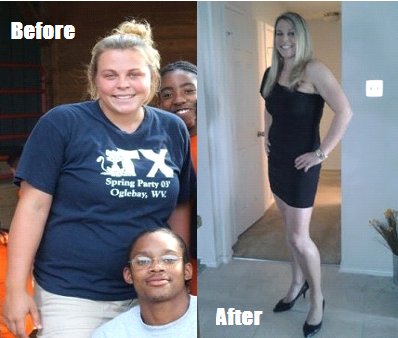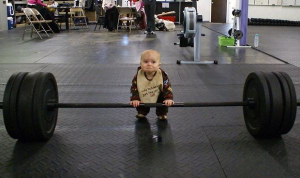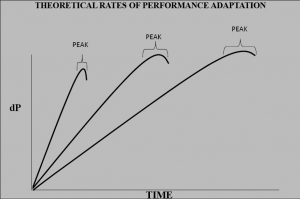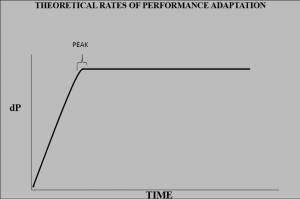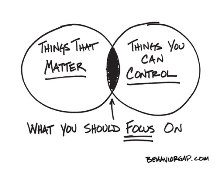If I had a dime for every time I recommended the Paleo Diet to a client, well, I’d be a one rich lady. In my opinion, it’s the ideal way to eat (for those interested in optimal health and fitness) and I’ve seen lives transformed around me due to this kind of nutrition. I made the shift to about 80% Paleo over two years ago and I never looked back. Because I’ve fiddled with it myself, I could answer most questions/address most concerns people had. “I can’t live without cream in my coffee!” Try coconut milk. “Is Sunbutter paleo?” Yes, if you get the kind with no sugar added. And so on. I’ve also been lucky enough to have a number of resources at my disposal (books, the internet, fellow CFA members, etc.) so I’ve had a positive, educated (and hopefully motivating) response for almost everything….unless of course you asked me, “What’s the 30-Day Challenge like?”
It has always bothered me that I’d never really tried to be 100% Paleo. At the new year, I decided that 80% was no longer enough. For those I coach–and really, for ME–I decided it was time to “walk the talk.” On January 1st, I embarked on my first-ever 30-Day Challenge. This didn’t follow anyone’s program specifically, other than my own: no dairy, no grains, no sugar, no alcohol.
As I said before, I have a number of resources at my disposal, and before I started I refreshed my memory on all the things people have said in order to set myself up for success. You may have heard a bunch of this before, but I’ll share with you my personal challenges and the strategies I developed to overcome them.
Day one. No dairy meant my morning coconut milk and whey powder shake had to go. Embarrassingly enough, this was something I didn’t realize until after I’d started. So, for a few mornings in a row I would stand there in my kitchen at 5:15am looking around desperately for something to eat. The first morning I grabbed an old Paleo Kit I had on hand, but regretted that the instant I opened it and remembered how grody those moist strawberries are (shudder). The next two mornings, I just had some coffee and coconut milk, and low and behold, I didn’t die of starvation (like I thought I would). The lesson you should take from this: Make a list of foods that are habitually in your diet now that you will need to replace or eliminate. This will save you from gagging on a piece of soggy half-dehydrated food and thinking you’ll never make it before the sun even comes up.
I knew that food prep was the key before I started…it just took me a couple days to get into it (Lesson: Start your food prep before you start your challenge!). A few days in, I made a batch of paleo muffins that lasted me for the next two weeks. One fat-filled muffin lasted me the whole morning; I had the energy to coach two classes and then workout, and wasn’t hungry until after 9am.
So, first breakfast was covered. Second breakfast and lunch have always been easy for me; I work about 100 feet from Randall’s and always do my shopping for the week on Mondays. Eggs in the morning, some kind of meat and veggies in the afternoon. Easy. Now, dinner on the other hand…
I’m a chronic eater-outer because when I get home at night I don’t always feel like cooking. When I started the challenge, the thought of going out to eat seemed too daunting; I knew I needed to have dinner on-hand. It’s worth stating again: Food prep is key. I spent an hour or two on the weekend making big batches of chili or a crockpot full of pork shoulder so I could simply re-heat it at night. It really saved me quite a bit of time and frustration (not to mention $$!) to have a tasty meal already waiting for me in the fridge.
With all my meals covered I figured it would be smooth sailing from then on. I felt a little headache-y the first few days, but I knew this was to be expected. No biggie. I also knew I would get cravings, but what I didn’t know was how bad they would be! After pre-30 Day Challenge lunches of the past, I almost always had something sweet, even if it was just a piece of gum. I would repeat this indulgence around 3 or 4 o’clock. Had I read this article before my challenge, I would have already identified this habit. Instead, my solution on-the-fly was at first a substitution (turns out jicama is crunchy and sweet!) Ultimately though, I knew the best strategy for me was elimination because it was important to me to not “give into” the cravings; I didn’t want food to have control over me.
The “WHY” becomes really important when times get tough. A piece of advice I got from a blogger was: Write down why you are doing this. I took this important step before I started and it was paramount to my success. Instead of reaching for jicama a second time, I re-read over my “WHY.” Sure, a paleo-friendly sweet treat like jicama is not really the end of the world, but I wasn’t doing this to see if I could follow a list of rules. My “WHY” was much deeper than that. I decided my strategy was to simply “SUCK IT UP, BUTTERCUP.” It really isn’t that hard to not put something in my mouth (and yes, chugging a giant glass of water also helped subdue the craving!).
Around week two I started to feel different. Everything tasted better – an apple was like candy. I would wake up bright and early and be singing on my way to the gym. I would work out and, 30 minutes later, I felt like I could do it all over again! I’d walk in the door after a long day, still smiling with plenty of energy to stay up and enjoy the evening (instead of crashing immediately). This was all very motivating to continue.
I finally got the courage to go out to eat and was initially frustrated by the restaurant’s limited food selection and tempting cocktail menu. Fortunately, after a big ol’ steak and some collard greens with bacon, I didn’t feel so bad. Surprisingly, most restaurants are pretty accommodating [especially if you tell them you are allergic ;)].
I read an article about addiction recently that stated the obvious: the more you use a muscle, the stronger it gets. Using a new muscle (to make a new decision) will feel very difficult at first; this is why old (a.k.a “strong”) habits are hard to break. The recommendation was to continue to put yourself in situations where you have to flex a new muscle, i.e., make a different decision. Instead of avoiding situations (restaurants, parties, the break room), I decided to face them head-on and flex the “muscle,” so that over time it would get stronger. The decisions became easier and I personally felt more awesome each time I made a decision congruent with my goals.
I went to a bachelorette party, NFL playoff games, a wedding shower, and multiple brunches. I sat inside East Side Show Room for an hour and even read over the cocktail list. My boss ordered 36 boxes of Girl Scout cookies, all of which are ten feet from my desk. My boyfriend sat next to me on the couch and had a beer and Ben & Jerry’s. I just kept flexing the muscle and passed all those tests.
And guess what: it really wasn’t that bad. Yes, there were some whiney days, some angry days…but ultimately I have entered the Circle of Awesomeness: I have loads of energy, I have received many compliments on my new physique, and I’ve been getting new PRs = boom!
Day 31 passed without fanfare. I assumed I’d bury my face in a “celebration meal” but honestly, it didn’t seem worth it (and I know it’s hard to believe, Thin Mints don’t even sound good!). I cannot seem to bring myself to eat certain foods. Sure, I might have one chicken wing on Super Bowl Sunday, or toast a bride at her wedding, but I’m on top of my game right now and not ready to come down!
I have met my goals: I have developed a different, more positive relationship with food and alcohol. I have a new respect for myself that I can do anything I put my mind to. Finally, instead of just repeating what I’ve “heard” about Paleo, I can speak from experience.
– Coach Walker
“Whether you think you can or can’t…You’re right” – Henry Ford

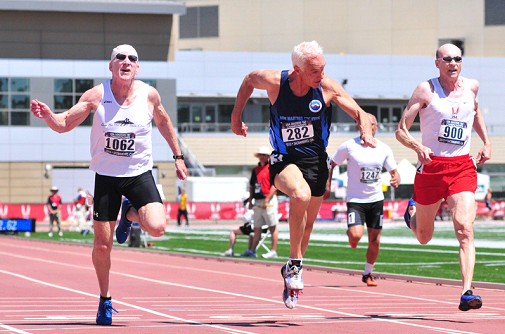
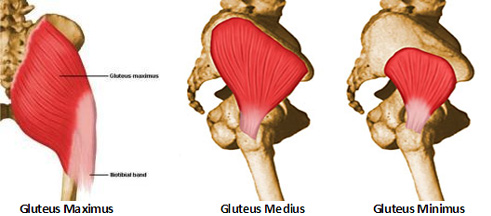
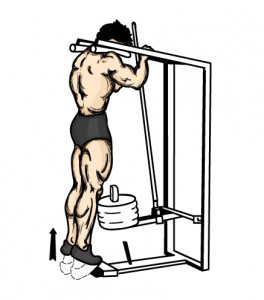 Unfortunately, for most of us, the status-quo is not necessarily a healthy environment. We live in an era of Happy Meals and Shake-weights.
Unfortunately, for most of us, the status-quo is not necessarily a healthy environment. We live in an era of Happy Meals and Shake-weights.